Currently, spring rice is in the stage of heading and flowering. This is the time when pests and diseases arise and develop, causing strong damage. "Through investigation and assessment, some pests and diseases have very high density and potential to cause damage, easily causing local crop failure if not prevented" - That is the assessment of Mr. Nguyen Hai Nam, Head of the Department of Cultivation, Plant Protection and Forestry (Department of Agriculture and Rural Development) about the growth and development of pests and diseases on spring rice this year.
In fact, pests and diseases on spring rice are very complicated. Typically, the second generation of leaf rollers has a phenomenon of spreading in batches, with an average density of 50 - 70 individuals/m2, in some places 150 - 200 individuals/m2, locally over 200 individuals/m2. Thus, the density of the second generation of leaf rollers is 3 to more than 10 times higher than the control threshold (20 individuals/m2). Larvae hatch and cause widespread damage during the rice panicle and flowering stages. The density of brown planthoppers and white-backed planthoppers is higher than the same period last year. The average density of planthoppers is 500 - 700 individuals/m2, in some places 1,000 - 1,500 individuals/m2, locally over 3,000 individuals/m2. Sheath blight develops rapidly and causes widespread damage from the stage of old rice panicles to the end of the crop.
In particular, rice blast disease is the number 1 focus with complex developments due to the impact of weather. The disease occurs and causes severe damage, especially to rice areas infected with leaf blast and rice varieties infected with neck blast. Spring rice needs to be sprayed 100% of the area when the rice is about to bloom. Rice areas with leaf blast and susceptible varieties (Khang Dan 18, TBR 225, Nhi Uu 838, Nang Xuan, Nep...) need to be sprayed a second time when the rice has completely finished blooming...
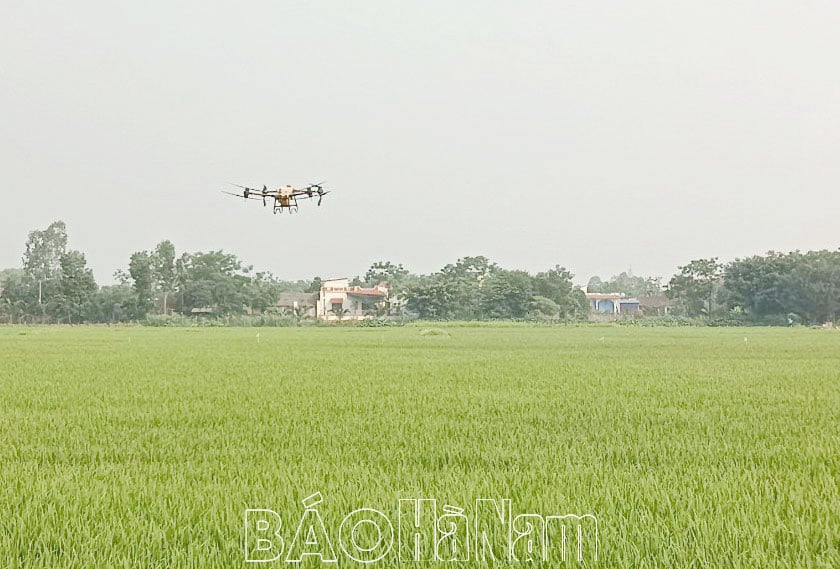
Faced with the complicated developments of pests and diseases, localities in the province have focused on directing and implementing prevention and control. In Ly Nhan district, basically over 5,300 hectares of spring rice have been sprayed to prevent pests and diseases. Localities in the district closely monitor the developments of the second generation of small leaf rollers, combining spraying to prevent and control other pests...
Kim Bang district has more than 3,400 hectares of spring rice planted early, and pest and disease prevention is carried out according to rice growth. Since April 27, localities in the district have entered the peak period of pest and disease prevention for rice. The entire rice area has been sprayed to prevent a number of pests, such as: 2nd generation of small leaf rollers, brown planthoppers - white-backed planthoppers... Rice areas that are about to bloom at the same time are also sprayed to prevent neck blast disease. Currently, localities in the district are still closely monitoring the fields to check and continue to spray neck blast disease for rice areas that are about to bloom. At the same time, spraying a second time for other pests and diseases after the first spraying is still high in density.
According to Mr. Nguyen Van Hung, Deputy Director of the Kim Bang District Agricultural Service Center, this is the most important stage in preventing pests and diseases for spring rice. This season, pests and diseases tend to develop in a complicated manner, requiring thorough and effective prevention measures. The Center sends staff to localities to inspect, urge and guide spraying to ensure compliance with the requirements. The district requires communes and towns to direct resolutely, avoiding subjectivity in preventing pests and diseases in spring rice...
It is known that, in order to effectively prevent and control pests and diseases in the rice flowering stage, the Department of Agriculture has consulted with the Provincial People's Committee to direct localities to synchronously deploy measures to ensure effective prevention and control for each type of pest and disease. For rice blast disease, the important measure is to check the growth of the rice, predict the specific flowering time for each crop and each field to promptly spray 100% of the area when the rice begins to flower; spray a second time for areas infected with leaf blast and heavily infected varieties. For the second generation of small leaf rollers, due to high density, spraying must be re-checked 3 days after spraying. If the density of pests is still more than 20/m2, spray again immediately. Other types of pests and diseases need to be closely monitored, sprayed according to instructions, ensuring the "4 rights" principle (right time, right medicine, right dosage and right technique). Spraying pesticides to prevent and control pests and diseases must ensure that there is no rain for at least 4 hours after spraying. Agricultural service cooperatives (ASCs) regulate water reasonably, ensuring a water level of 2-5 cm to facilitate rice flowering and pest and disease prevention. At the same time, coordinate with specialized agencies to investigate and accurately grasp the development of pests and diseases to guide farmers in timely prevention and control. In this year's spring crop, many ASCs have organized spraying pesticides to prevent and control pests and diseases using remote-controlled aircraft to help the implementation process be focused and effective.
The weather forecast for this spring crop is still unfavorable, creating favorable conditions for pests to continue to arise, develop and cause damage. Therefore, prevention work still needs attention, especially the investigation, estimation and forecasting work in the field for each pest and disease and each rice crop. Thereby, contributing significantly to protecting the winter-spring rice crop from now until the end of the crop, preventing the situation of reduced productivity or local crop failure due to pests and diseases.
Manh Hung
Source


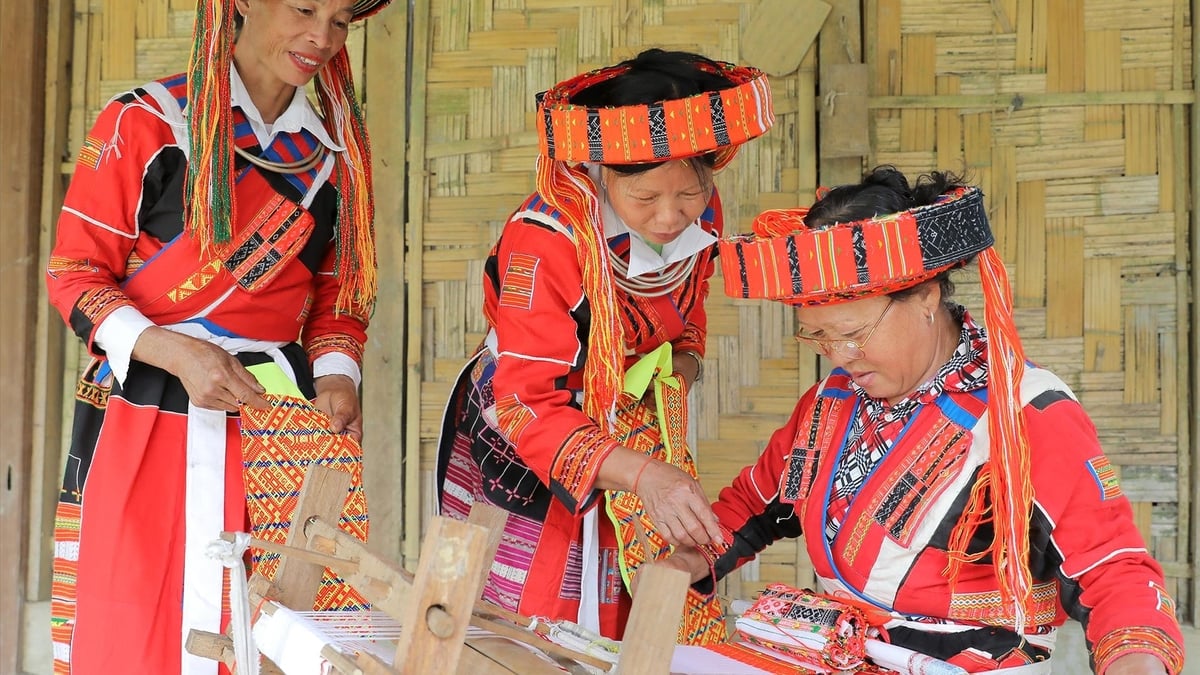
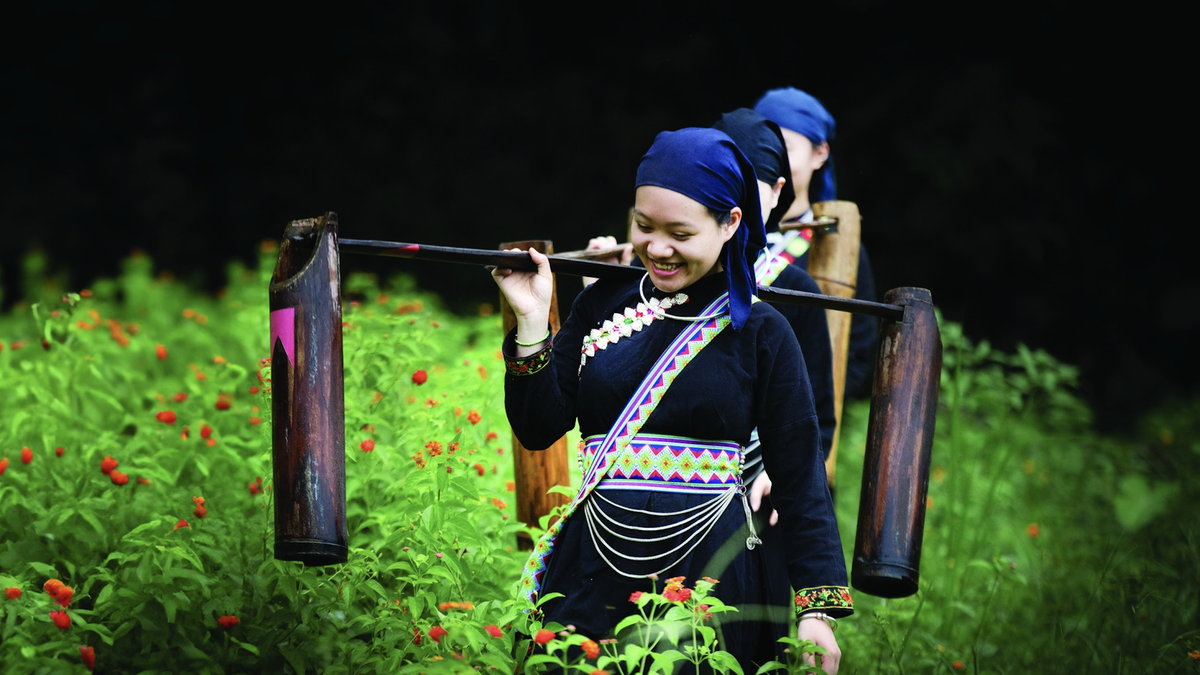
![[Photo] General Secretary To Lam works with the Standing Committee of Quang Binh and Quang Tri Provincial Party Committees](https://vphoto.vietnam.vn/thumb/1200x675/vietnam/resource/IMAGE/2025/6/25/6acdc70e139d44beaef4133fefbe2c7f)
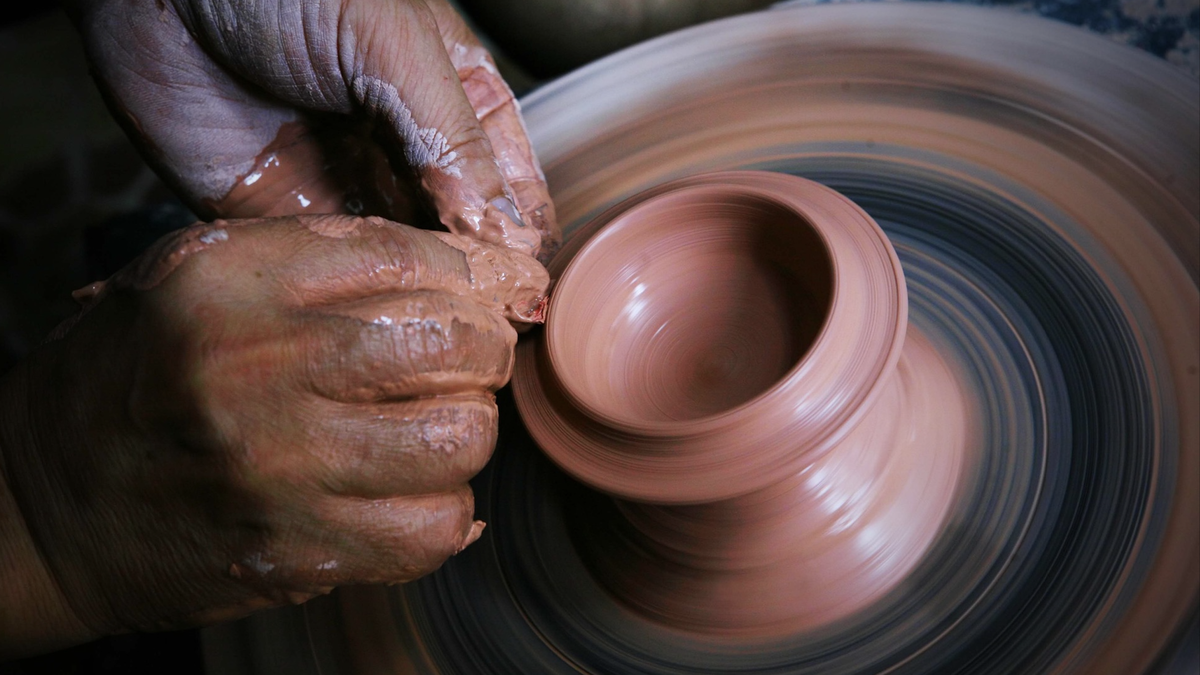














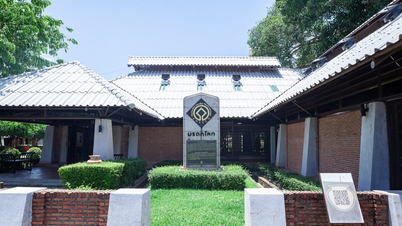


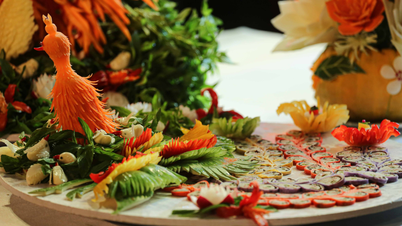
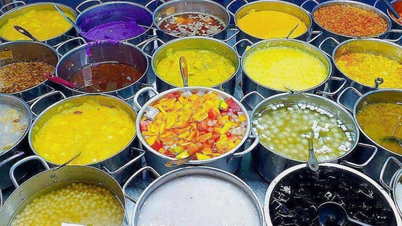
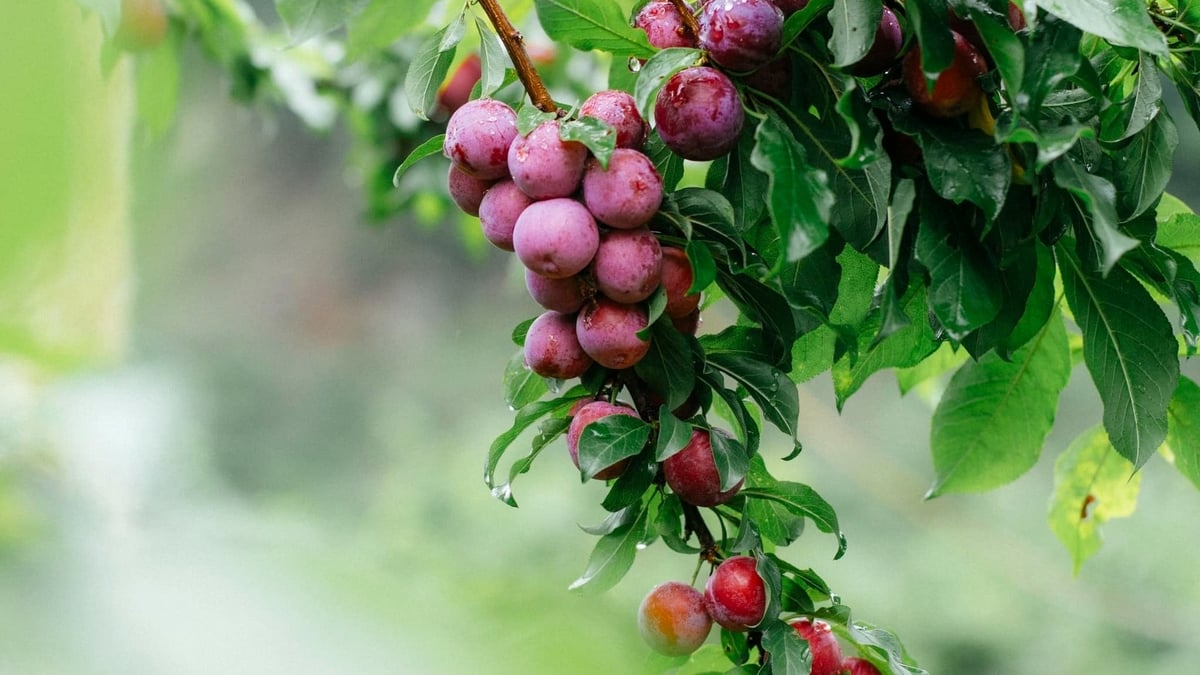




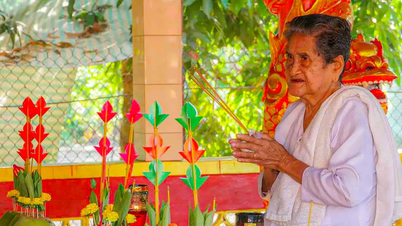




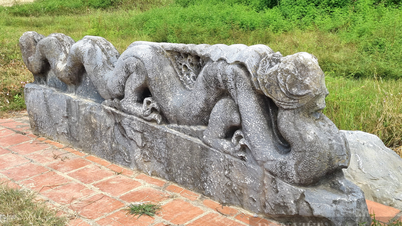
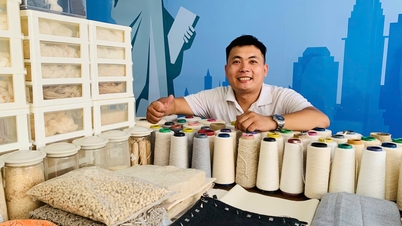

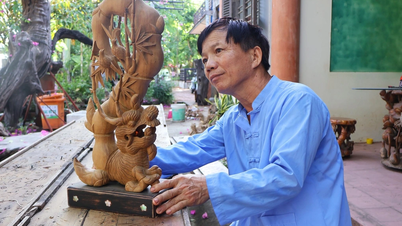

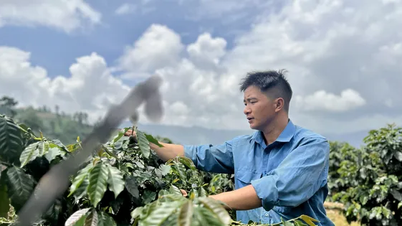





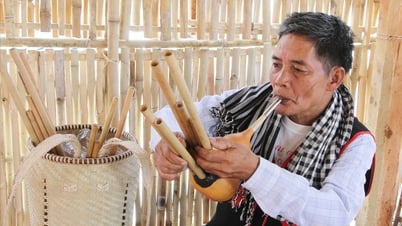










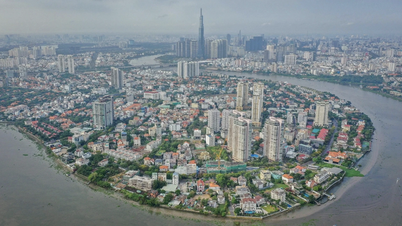
























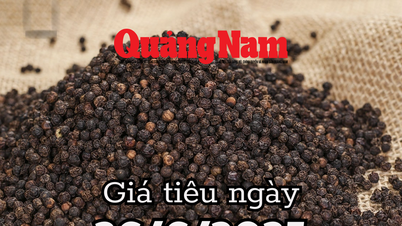

















Comment (0)